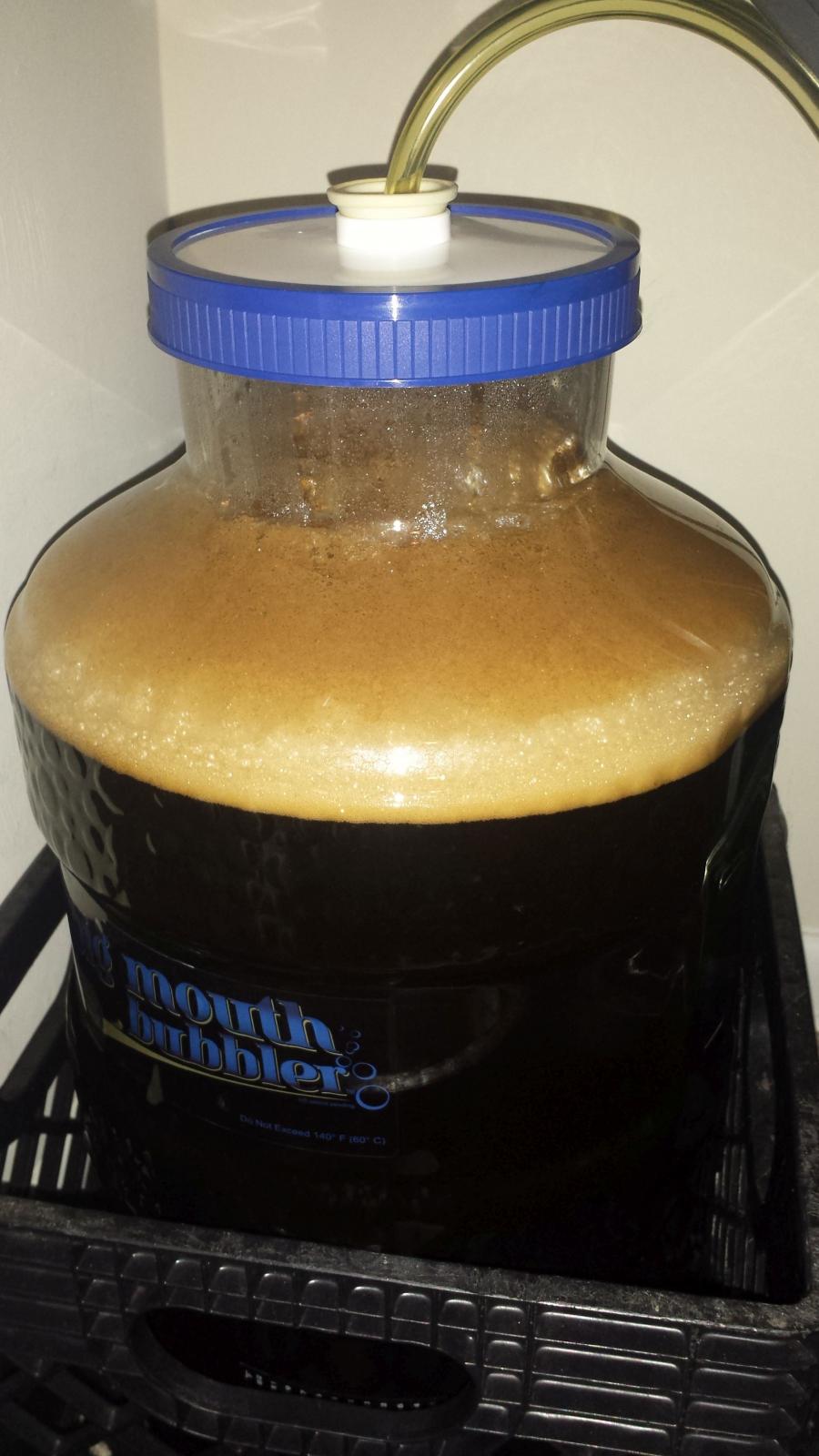mrgrimm101
Well-Known Member
Hello,
My first all grain brew is set for tomorrow. I'm brewing a hoppy American stout. I brewed an extract version before and I've converted to all grain.
I'm pretty sure I got the process down in my head and I got all my equipment ready to go. I am going to get things clean and mostly set up tonight so there is less to do tomorrow.
I was hoping to get some words of wisdom or general advice from this awesome community. Anything at all would be helpful for me to take into consideration.
Thanks in advance!
-MrGrimm
My first all grain brew is set for tomorrow. I'm brewing a hoppy American stout. I brewed an extract version before and I've converted to all grain.
I'm pretty sure I got the process down in my head and I got all my equipment ready to go. I am going to get things clean and mostly set up tonight so there is less to do tomorrow.
I was hoping to get some words of wisdom or general advice from this awesome community. Anything at all would be helpful for me to take into consideration.
Thanks in advance!
-MrGrimm





